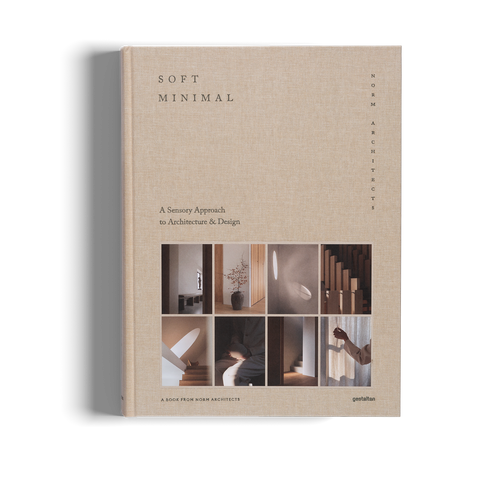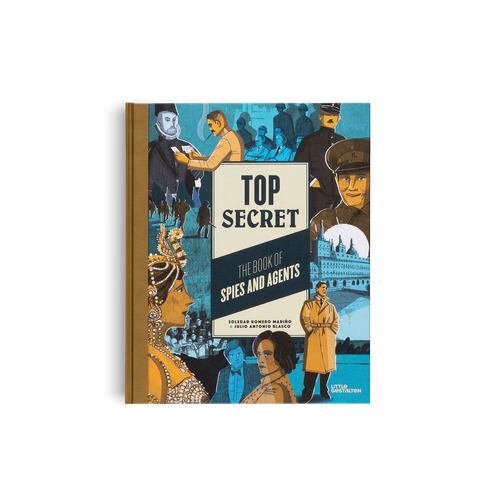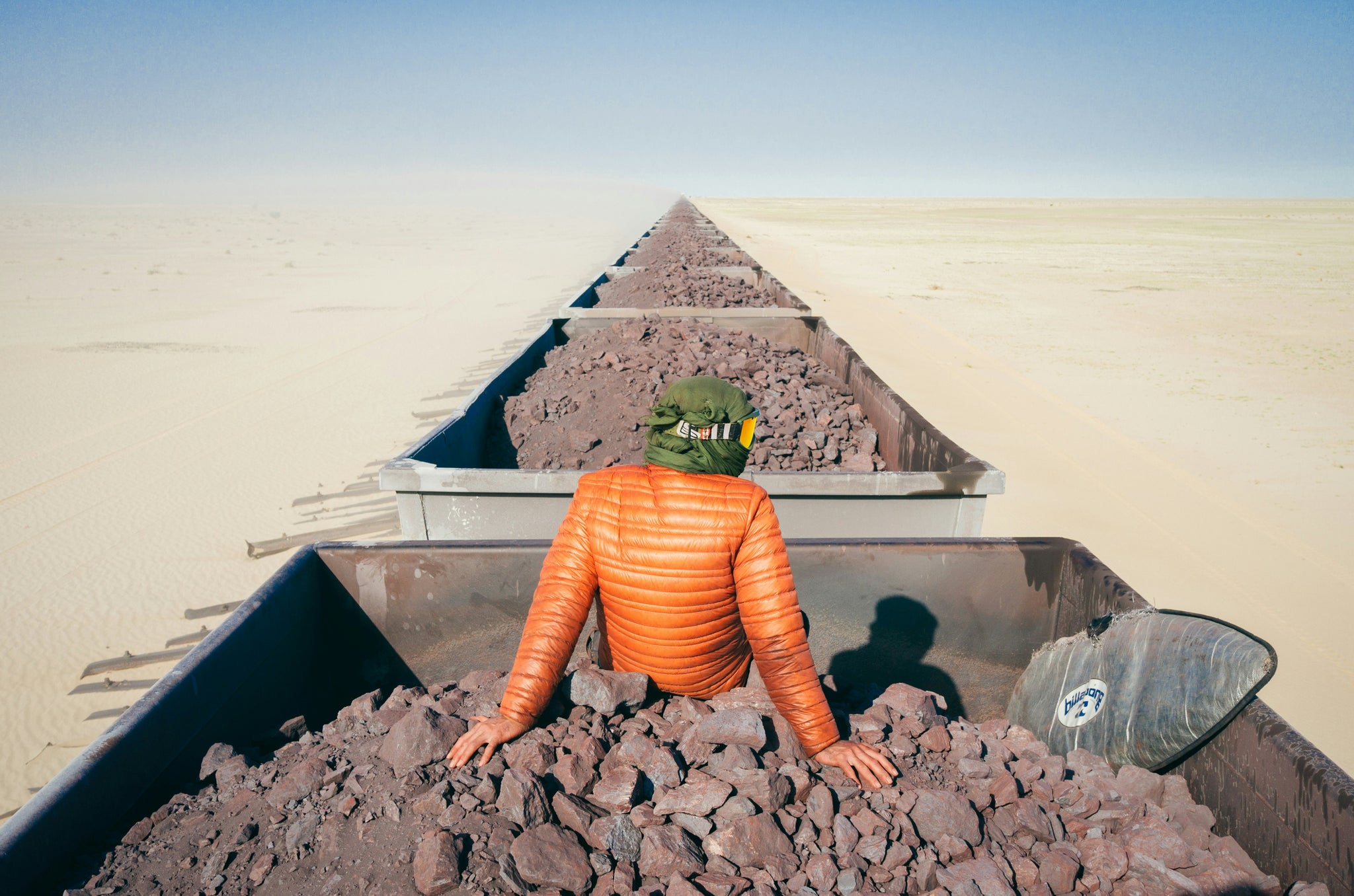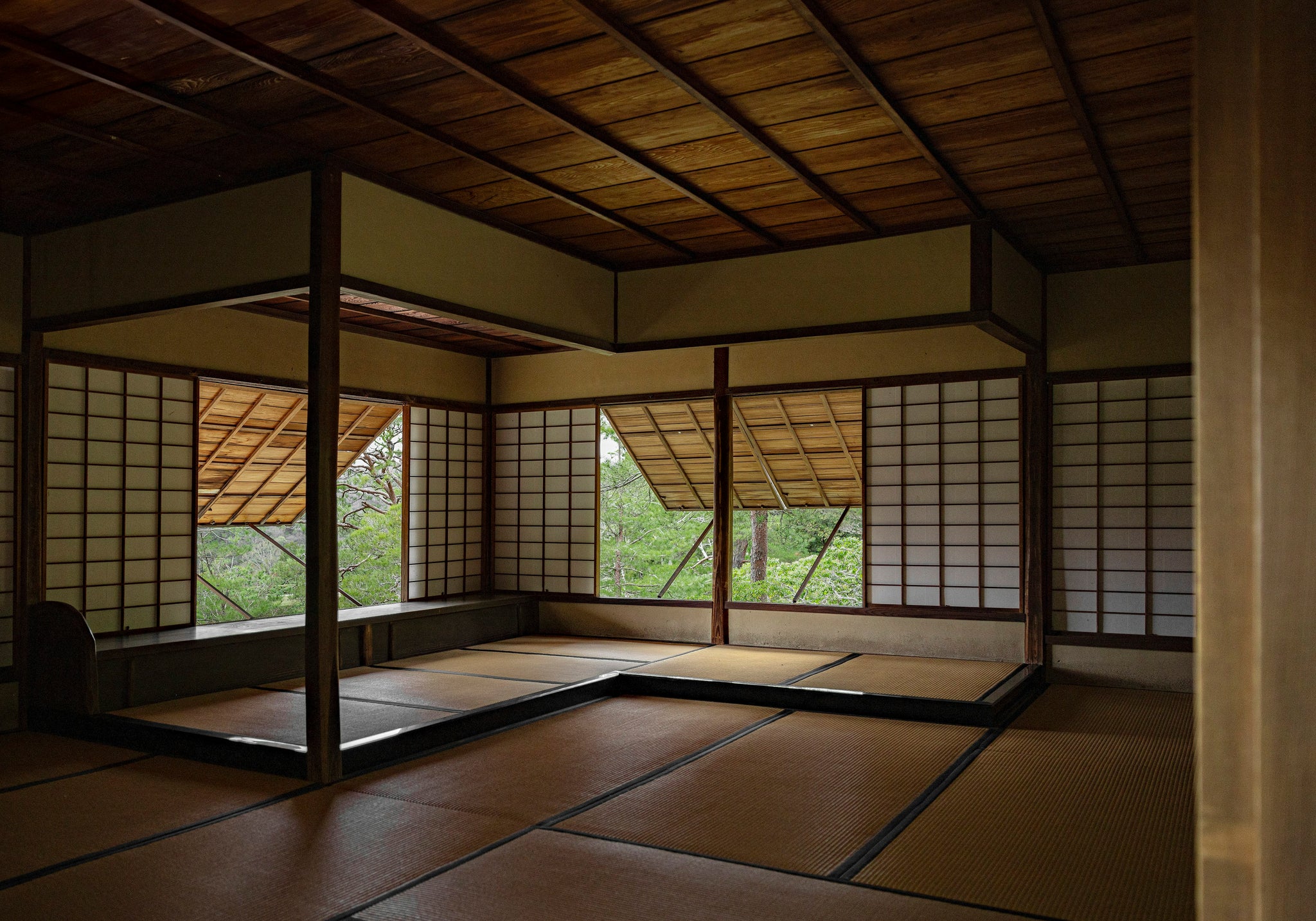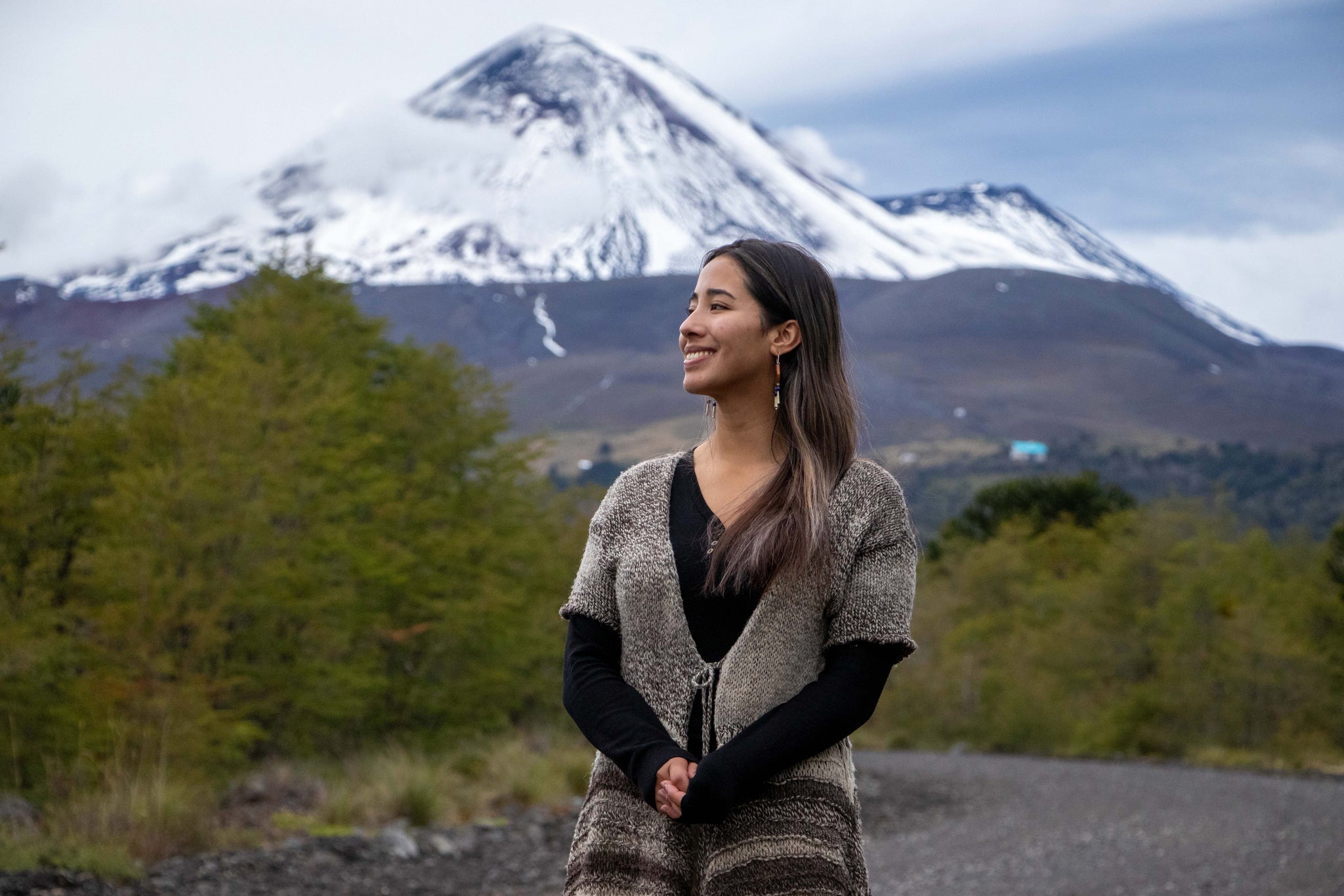
08/2021 visual culture
Nearly two hundred years ago, French lawyer Anthelme Brillat-Savarin wrote: "Dis-moi ce que tu manges, je te dirai ce que tu es" (Tell me what you eat and I will tell you what you are) in the Physiologie du Gout, ou Meditations de Gastronomie Transcendante (1826). It is often referred to as one of the earliest orientations of the proverbial saying 'You are what you eat,' which implies you need to eat well to be healthy. This period marked Europe's fascination with food and the ever-growing supply of exotic fruits and vegetables being shipped in from all other the world. Fast forward to 2021 and the globalized demands of today's consumer societies have pushed certain foods to the brink of survival. Showcasing the consequences of humanly desires, The Museum of Endangered Foods is a project that highlights the connection between food and climate crisis.
Based between Madrid and Utrecht, multidisciplinary design studio Sharp & Sour is the team behind the online platform and exhibition that reveals the hidden ramification behind some of our 'healthiest' and sought-after foods. They say that "when the word 'endangered' crosses our minds, we exclusively think about animals: pandas, rhinos, whales, etc., but other life forms such as plants, and also specifically domesticated and edible plants that we consider foods, are also on the verge of extinction." Food extinction is a crisis folding out beneath the human eye but rarely gets discussed by the media or politicians.

What would kitchens across the world look like without chickpeas, bananas, or even coffee? Many staple foods are already living through changing climates and could soon face extinction if patterns continue. The Museum of Endangered Foods invites visitors in a digital space that explores how ecological changes are pushing certain foods toward extinction. (Image: Sharp & Sour)
For the initial launch, the platform reveals the true extent of production cost for chickpeas, soy, peanuts, bananas, avocados, potatoes, fish, and other globally cherished communities such as coffee, wine, and chocolate. If anyone has never tried to grow an avocado tree at home, you might be shocked to hear that two bathtubs of water (around 200 litres) are needed on average per avocado. If avocados need this amount of water to grow, chickpeas need eight times more water (around 4000 litres per kilo), in addition to continuously moist soil during the long growing season. Societal thirsts for food are resulting in droughts and environmental landscape changes (including in the Dominican Republic where illegal avocado farming is being pushed into the mountainous forests).
Sharp & Sour say that "food extinction is already happening." The identifiable causes are excruciating, rising temperatures, fresh-water scarcity, extreme and irregular weather patterns, habitat loss, deforestation, pollution, and heightened vulnerability to plagues. "It is extremely worrying and dangerous that nobody’s talking about these issues, and that the only “solution” for most of these problems consists of genetically modifying the crops so they can become drought or fungi resistant," they explain. As these problems are not isolated, there needs to be a complex approach to solving them.
The Museum of Endangered Foods intends to shine the spotlight on the ecological vulnerabilities threatening each of these foods in the hope that food will be a more palpable and approachable take on the climate crisis. Some of the most endangered food species in the world right now are avocados, cacao, and the grapes that make wine. But also some of the most basic ingredients in the kitchens all over the world, such as potatoes, chickpeas, fish, bananas, or coffee. Taking wine as an example, along with beer, another endangered drink, the microclimates that they often grow in are in danger of disappearing. It is estimated the production of wine will decrease by more than 80% by the end of this century. The vineyards of the world have already shrunk since 2000, falling from 7.85 million hectares to 7.59 million hectares in just over a decade. Recent wildfires, droughts, and sometimes prolonged winters are causing vast distribution across the globe.

The global farming area suitable for coffee growth will be halved by 2050, which will push many plants into dubious areas of survival. (Image: Sharp & Sour)
The Olmecs were the earliest known consumers of cacao around 3,500 years ago, with the Mayans and Aztecs in close pursuit. Cacao trees are even more delicate than avocado trees, requiring even more water to flourish. On average, a single chocolate bar requires 10 bathtubs of water to make—with most going to the cacao tree. The IPCC (Intergovernmental Panel on Climate Change) predicts only 10% of cacao groves will still exist by 2050. To make it even worse, there’s limited genetic variation in cacao plants, which leaves cacao defenseless against infectious diseases.
Another food with its back against the wall is coffee, which has evolved into one of the world's most consumed drinks. Dating back 3,500 years to the Arabian Peninsula of present-day Yemen, coffee beans are facing an uncertain future. According to the International Center for Tropical Agriculture (ICTA), the global area suitable for coffee growth will be cut by half by 2050, with 60% of coffee plants already at risk of extinction. Droughts and rising temperatures are leading to leaf rust fungus, it is estimated that this will destroy 40% of all plants grown in Central America.
The foods that dominate today's pantries and refrigerator shelves are being driven to scarcity or even extinction. When asked what the future of food looks like if we continue on this path, Mario Mimoso of Sharp & Sour says it is difficult to predict the future, but "things won’t look good unless we change our take on the climate crisis." By this, he doesn't mean creating technology that can manipulate clouds or inventing human-made rain, or even other technical advancements that allow plants to grow or DNA enhancing. To him, that's like "putting a band-aid on a bullet wound," instead he argues we need to stop and reverse if possible. Certain foods will be allowed to become privileges such as avocados, cacao, and wine. But when foods such as soybeans, chickpeas, and potatoes become endangered, ingredients that are basics for billions across the world will affect global nutrition and disturb traditional diets.

By 2100, many of the microclimates that make wine possible will either be completed transformed or damaged. One of the oldest drinks in the world, estimated at 10,000 years old, but it is already being pushed to extinction and has a tough few decades ahead. (Photo: Sharp & Sour)
The Museum of Endangered Foods seeks to address the consequences of climate change in a contemporary context, as food and animal extinction are often discussed as something happening decades from now. Sharp & Sour wanted to focus on the 'Global South,' which is where most of these foods originate and are experiencing rapid climate change. Mimoso says the southern hemisphere is currently facing the biggest challenges while farming foods destined to be transported thousands of miles away. This isn't only causing the extinction of species, but also worsening "social justice, racism, and colonialism," says Mimoso prior to concluding with, "And I think that’s the biggest discovery of them all."
Find inspiration through a selection of gestalten Visual Culture titles.

